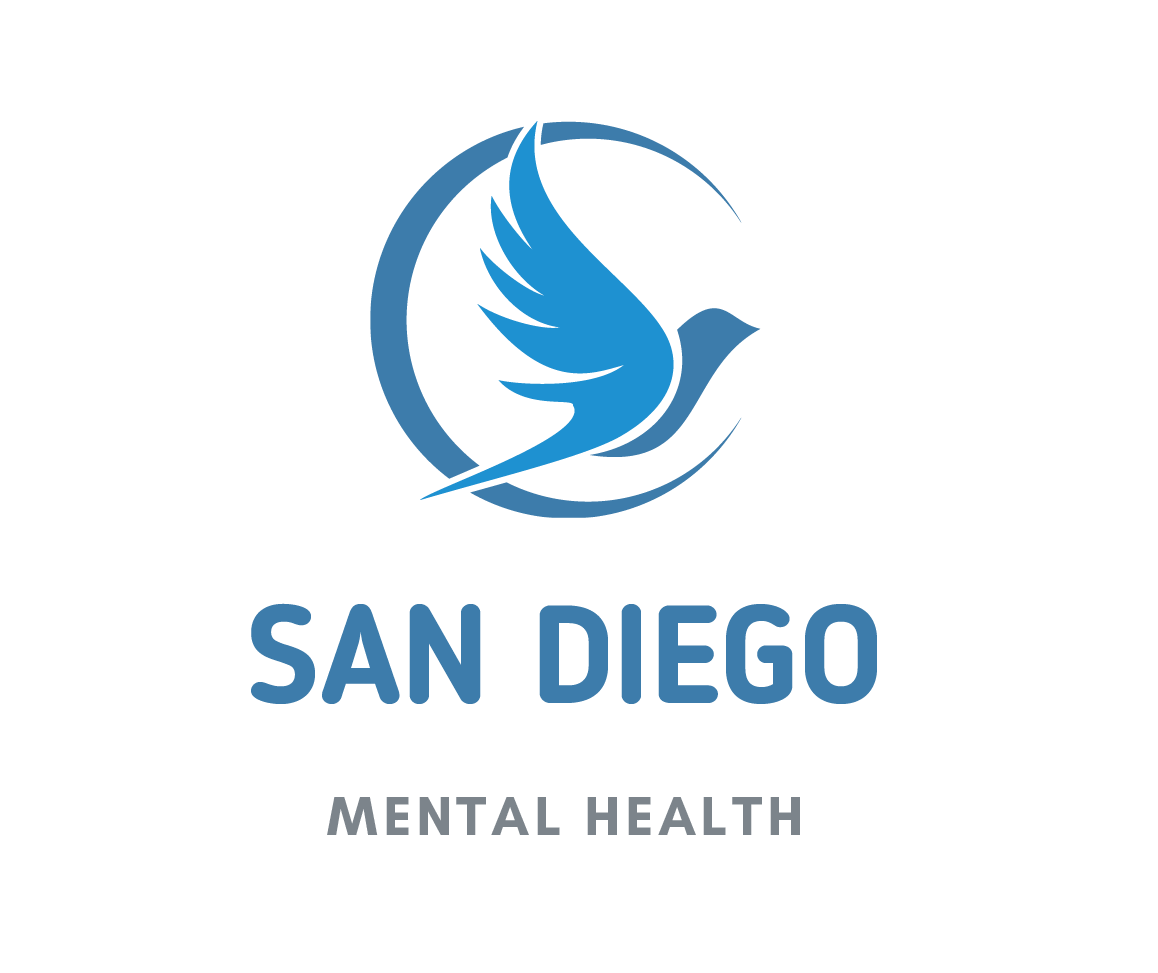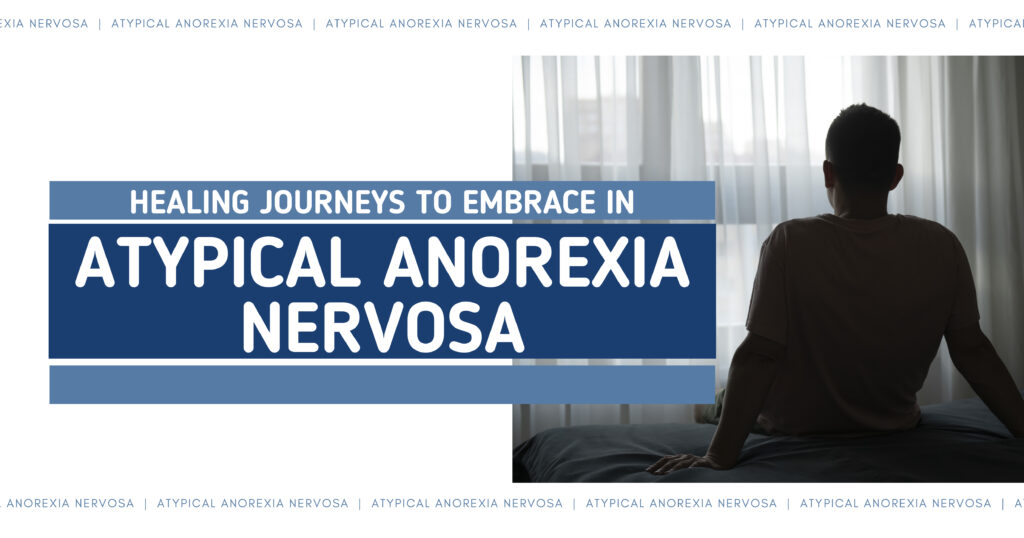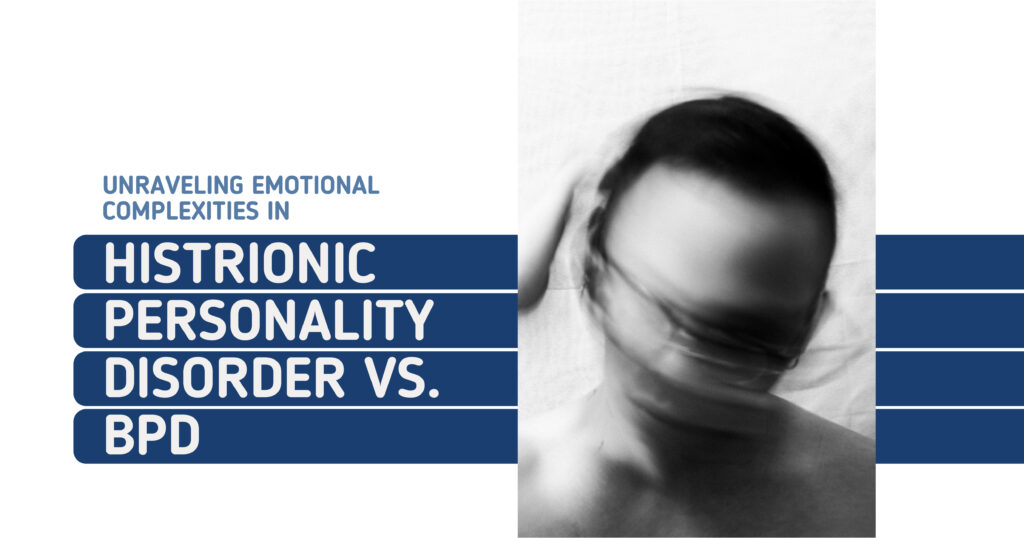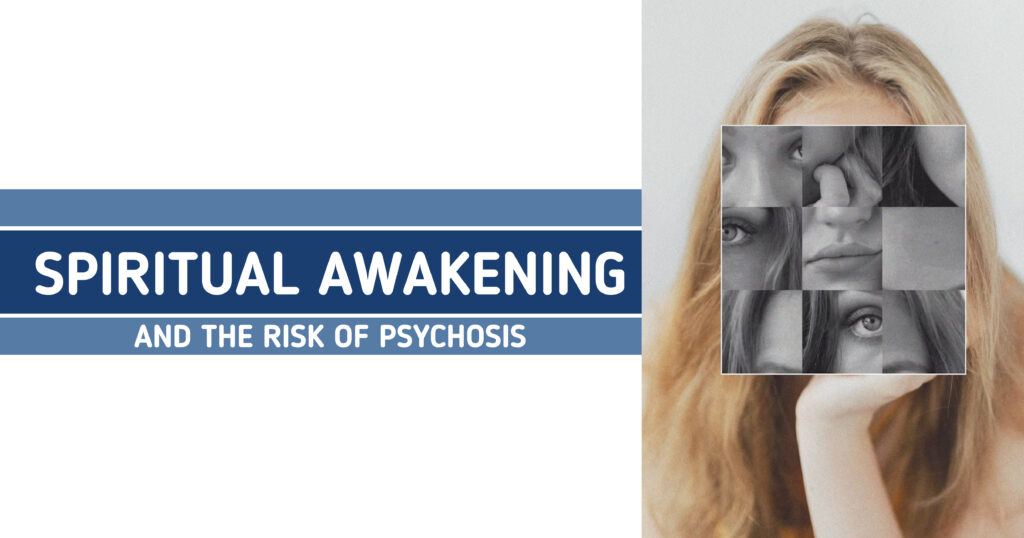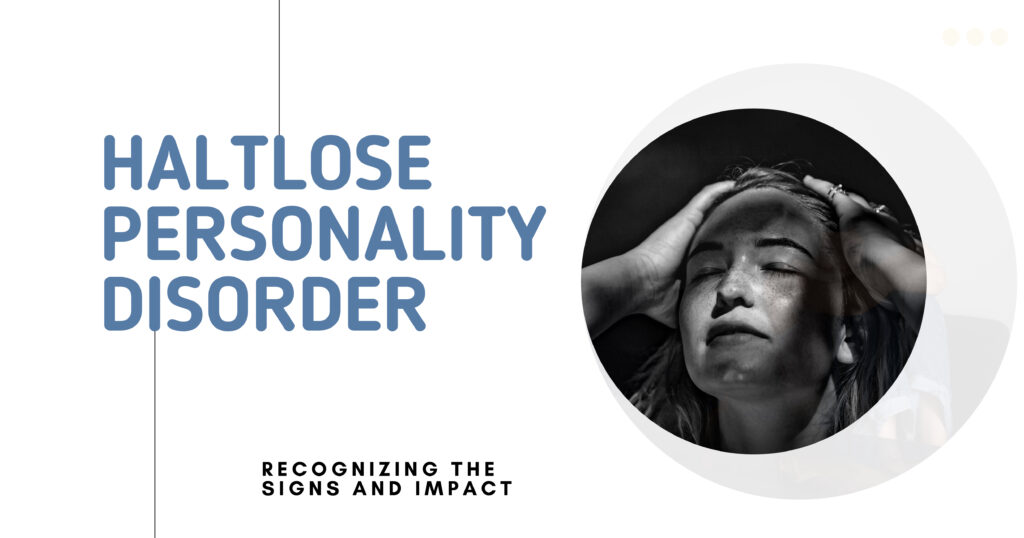When people think of anorexia nervosa, the image that often comes to mind is someone visibly underweight. However, atypical anorexia nervosa challenges this stereotype. Individuals with this eating disorder may have a body weight that falls within or even above the “normal” range, yet still engage in severe restrictive eating patterns and suffer from significant psychological factors and health consequences.
This lesser-known condition can be just as dangerous as traditional anorexia and requires compassionate, specialized treatment. In this article, we’ll explore the unique challenges of atypical anorexia, its impact on mental health, and the recovery paths that lead to healing.
Defining Atypical Anorexia Nervosa
Atypical anorexia nervosa is an eating disorder characterized by the same intense fear of weight gain, distorted body image, and restrictive food intake seen in typical anorexia. The key difference lies in body weight: individuals do not fall below the medically defined underweight range, but still experience severe physical and emotional consequences.
Without low body weight, malnutrition, hormonal imbalances, and other medical complications can develop. The lack of a visibly “thin” frame often leads to delayed recognition, making early intervention more challenging.
San Diego Mental Health
Differences Between Typical and Atypical Anorexia
While both disorders share symptoms such as disordered eating, excessive exercise, and preoccupation with weight, atypical anorexia differs in its presentation.
| Feature | Typical Anorexia Nervosa | Atypical Anorexia Nervosa |
| Body Weight | Below the minimum healthy range | Within or above the healthy range |
| Recognition & Diagnosis | Often identified earlier due to visible weight loss | Frequently overlooked due to “normal” weight |
| Risk of Malnutrition | High | Equally high despite weight |
| Social Perception | Seen as needing help | Often misunderstood or dismissed |
These differences highlight why awareness is critical; atypical anorexia nervosa is no less dangerous than its more recognized counterpart.

Impact on Body Image and Weight Perception
One of the most devastating aspects of atypical anorexia nervosa is the invisibility of its suffering. Because individuals may look “healthy,” friends, family, and even healthcare providers might fail to recognize the severity of the disorder.
Internally, the battle with restrictive eating and body dissatisfaction can be relentless, leading to emotional distress, fatigue, and social withdrawal.
Weight Bias and Its Role in Delayed Diagnosis
Weight bias, the assumption that thin bodies are automatically healthier, plays a dangerous role in atypical anorexia. Medical professionals may unintentionally overlook symptoms if the patient’s weight doesn’t fit the traditional profile of an eating disorder. This delay can result in worsening malnutrition and more severe mental health complications over time.
For more information on the impact of weight bias in healthcare, visit the U.S. Centers for Disease Control and Prevention (CDC) on weight stigma and its health consequences.
Restrictive Eating Patterns and Their Consequences
Restrictive eating in atypical anorexia often includes skipping meals, severely limiting calories, avoiding entire food groups, or obsessively controlling portion sizes. Over time, this can lead to:
- Nutrient deficiencies that impair brain and organ function.
- Hormonal imbalances affect mood, metabolism, and reproductive health.
- Weakened immune response, making the body more vulnerable to illness.
- Cognitive difficulties such as poor concentration and memory lapses.
These consequences demonstrate that weight alone is not a reliable indicator of health.
San Diego Mental Health
Psychological Factors Contributing to Atypical Anorexia
The development of atypical anorexia nervosa often stems from a complex interplay of psychological influences. Perfectionism, low self-esteem, trauma, and anxiety disorders frequently contribute to the onset and maintenance of disordered eating behaviors.
Social pressures such as the glorification of thinness and diet culture can intensify body dissatisfaction, fueling restrictive patterns. For many, controlling food intake becomes a coping mechanism for managing emotional distress, which only reinforces the disorder over time.
The Role of Mental Health in Eating Disorders
Mental health and nutrition are deeply interconnected. Prolonged malnutrition affects brain chemistry, which can worsen symptoms of depression and anxiety. Conversely, untreated mental health challenges can make recovery from an eating disorder more difficult.
Treating atypical anorexia requires addressing both the psychological and physical components. This may include nutritional rehabilitation to restore proper body function, alongside therapy to challenge harmful thought patterns.
Support and Treatment Options for Atypical Anorexia
Effective recovery from atypical anorexia nervosa often involves a multidisciplinary approach. Treatment may include:
- Medical monitoring to address physical complications and ensure nutritional stability.
- Therapy (such as Cognitive Behavioral Therapy or Family-Based Therapy) to address underlying psychological factors.
- Nutritional counseling to develop balanced eating patterns and challenge food fears.
- Peer and family support to maintain motivation and accountability.
The National Eating Disorders Association (NEDA) offers more guidance and support for individuals and families.
Recovery Is Possible: Find Expert Eating Disorder Care at San Diego Mental Health
If you or someone you love is struggling with atypical anorexia nervosa, it’s essential to know that recovery is not only possible, it’s within reach. At San Diego Mental Health, our compassionate team provides personalized care tailored to the unique challenges of atypical anorexia.
We address both the mental health aspects and the physical consequences of restrictive eating, creating a safe space for healing. Take the first step toward recovery today. Contact us here to begin your journey toward lasting wellness.

San Diego Mental Health
FAQs
- What are the common signs of restrictive eating associated with atypical anorexia nervosa?
Common signs include skipping meals, eating extremely small portions, avoiding certain food groups, and showing anxiety around eating in public. These patterns can exist regardless of body size.
- How do psychological factors influence the development of atypical anorexia nervosa?
Low self-esteem, perfectionism, trauma, and anxiety can all contribute to the onset of atypical anorexia. These factors often fuel the desire for control through food restriction.
- In what ways can disordered eating patterns contribute to malnutrition in atypical anorexia?
Even if someone’s weight appears normal, restrictive eating can deprive the body of essential vitamins, minerals, and calories. This can lead to fatigue, hormonal imbalances, and weakened immunity.
- How does atypical anorexia nervosa affect mental health and overall well-being?
It can increase the risk of depression, anxiety, and obsessive thinking about food and weight. The emotional toll often impacts relationships, daily functioning, and overall quality of life.
- Why is addressing body image issues crucial in treating atypical anorexia nervosa?
A distorted body image can perpetuate restrictive eating patterns. Addressing these issues helps break the cycle of self-criticism and supports long-term recovery.

